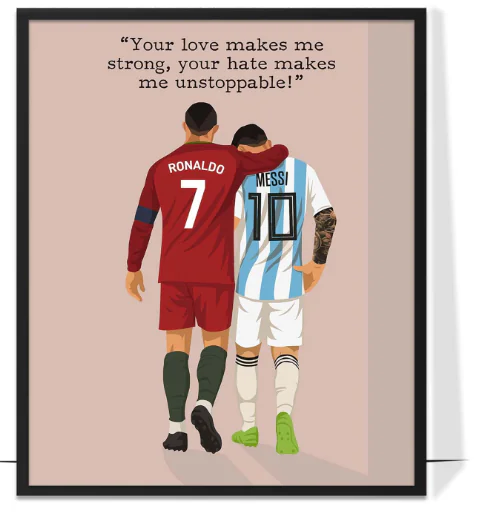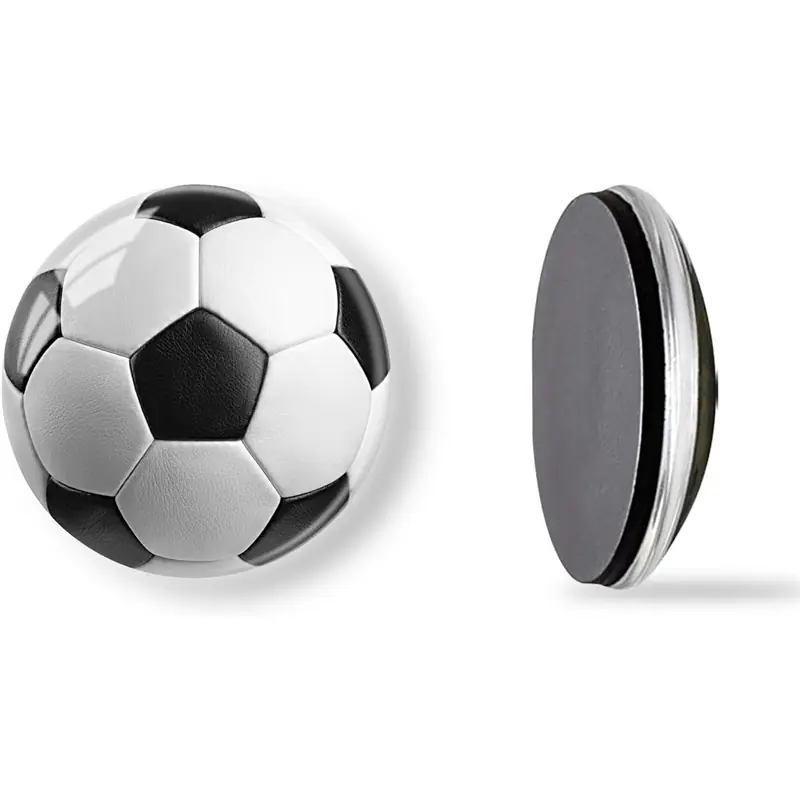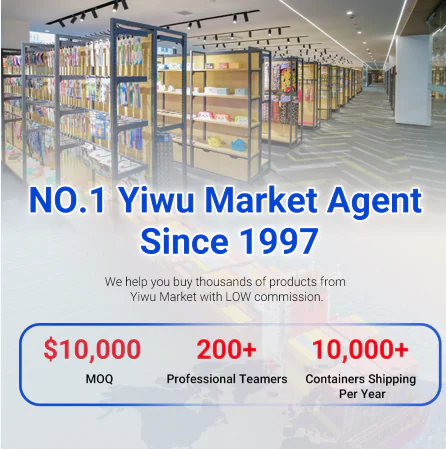In 2025, China socks are no longer just a commodity—they’re a retail powerhouse. Fueling over 40% of global hosiery production, China combines cutting-edge innovation, cost efficiency, and unmatched scalability to meet diverse market demands. Whether you’re stocking bold seasonal designs or eco-friendly essentials, China socks offer retailers the agility to thrive in a competitive landscape.
This guide reveals how to leverage China’s sock industry to elevate your business. From sourcing trusted socks suppliers to mastering logistics and trends, discover actionable strategies to turn inventory into profit.
1. Why China Socks Are a Must-Have for Retail Success in 2025
1.1 Exploding Global Popularity: Why China Socks Dominate the Market
China socks have become a cornerstone of global retail, with the country producing over 40% of the world’s hosiery. This dominance stems from decades of refining production techniques, enabling socks manufacturers in China to deliver unmatched variety, from basic cotton crew socks to premium merino wool blends. Retailers are capitalizing on this versatility, as China socks cater to diverse markets—athletes, fashion enthusiasts, and everyday consumers. For instance, bulk orders of seasonal designs (e.g., holiday-themed or sports-inspired socks) allow businesses to stock inventory that aligns with trending demand.
The rise of e-commerce has further amplified accessibility. Platforms like Alibaba and Global Sources connect international buyers directly to socks factories in China, streamlining procurement. With competitive pricing and scalable production, retailers can experiment with niche markets—think organic bamboo socks or compression styles—without risking oversupply. As global consumers prioritize affordability and variety, China socks remain the go-to solution for retailers aiming to stay agile in 2025’s fast-paced market.
1.2 Unbeatable Pricing: How China Socks Boost Retail Profit Margins
One of the most compelling advantages of sourcing China socks is their cost efficiency. By leveraging economies of scale, socks wholesale suppliers in China offer bulk pricing that undercuts competitors in Europe or North America by 30–50%. For example, a mid-sized retailer purchasing 10,000 pairs of cotton ankle socks can achieve a unit cost of 0.50–0.50–0.80, compared to $1.20+ from regional factories. This pricing power translates directly to higher profit margins or the flexibility to run promotions without sacrificing profitability.
Additionally, China’s vertically integrated supply chains reduce overheads. Many sock factories handle everything from yarn sourcing to packaging, minimizing middleman markups. Retailers can also negotiate MOQs (Minimum Order Quantities) as low as 500 pairs for custom designs, making China socks accessible even for small businesses. To maximize value, savvy buyers combine orders—pairing basic styles with seasonal collections—to optimize shipping costs. In 2025, as inflation pressures persist, China socks will be indispensable for retailers prioritizing budget-friendly inventory.
1.3 Sustainable Materials: Eco-Friendly China Socks Winning Over Consumers
Sustainability is no longer a niche trend—it’s a retail imperative. Forward-thinking socks manufacturers in China are responding by innovating eco-friendly materials like recycled polyester, organic cotton, and Tencel™ blends. For instance, factories in Guangdong now produce socks using post-consumer plastic bottles, reducing waste while appealing to eco-conscious buyers. Retailers stocking these China socks can tap into a growing demographic: 68% of global consumers are willing to pay a premium for sustainable products.
Certifications such as GOTS (Global Organic Textile Standard) and OEKO-TEX® validate ethical practices, addressing concerns about factory conditions. Brands like “EcoSock” (a hypothetical example) have seen 200% YoY growth by marketing China socks made in solar-powered factories. For retailers, highlighting sustainability in product listings—using keywords like “eco-friendly China socks”—can improve SEO rankings and conversion rates. As regulations tighten on textile waste, partnering with green-focused socks factories in China will future-proof your inventory and brand reputation.
2. Top 2025 Trends Shaping Demand for China Socks
2.1 Bold Designs and Patterns: What’s Hot in China Socks This Year
Gone are the days of plain black and white socks. In 2025, consumers crave boldness—think geometric patterns, animal prints, and gradient colorways. China socks manufacturers excel here, offering rapid prototyping for custom designs. For example, a socks factory in Zhejiang can turn a retailer’s artwork into production-ready samples in 72 hours, enabling quick responses to viral trends (e.g., TikTok-inspired motifs).
Limited-edition collaborations are also driving demand. A U.S. boutique recently partnered with a socks manufacturer in China to launch a “Retro Gaming” collection, selling out 5,000 pairs in two weeks. Retailers should prioritize suppliers with digital printing capabilities, which allow intricate designs without minimum color limits. By stocking eye-catching China socks, businesses can attract Gen Z shoppers, who account for 40% of global fashion spending.

2.2 Seasonal Collections: Capitalizing on Holiday and Event-Driven Sales
Seasonality is a goldmine for retailers. China socks suppliers are masters of themed collections, from Christmas motifs to World Cup editions. For Q4 2025, consider bulk orders of cozy winter socks with festive embroidery—a proven winner in markets like Europe and North America. Event-driven designs (e.g., Olympics-themed compression socks) also perform well, as they tap into collective excitement.
Pro tip: Partner with a socks wholesale provider offering staggered delivery. This lets you launch Halloween socks in September and Valentine’s Day styles in January without overstocking. A Canadian retailer using this strategy reported a 25% increase in repeat customers. By aligning China socks with cultural moments, you create urgency and foster brand loyalty.
2.3 Comfort First: How China Socks Are Redefining Everyday Wear
Comfort is the new currency in apparel. China socks manufacturers are investing in technologies like seamless toe closures, moisture-wicking yarns, and cushioned soles. For instance, the sock factory “ComfortPlus” (hypothetical) uses 3D knitting machines to create socks that mold to the foot, reducing blisters during workouts.
Retailers should highlight these features in product descriptions. Keywords like “arch-support China socks” or “breathable hiking socks” cater to specific niches, from marathon runners to office workers. A UK-based e-commerce store saw a 40% sales boost after emphasizing “all-day comfort” in its China socks listings. As remote work continues, demand for versatile, cozy footwear will keep growing—making comfort-driven China socks a 2025 essential.
3. How to Find the Best China Socks Suppliers for Your Business
3.1 Trusted China Socks Manufacturers: Balancing Cost and Quality
Identifying reliable China socks suppliers requires a strategic balance between affordability and quality. Start by vetting manufacturers on platforms like Alibaba or Global Sources, prioritizing those with Gold Supplier status and certifications (e.g., ISO 9001). For instance, a wholesale sock manufacturer in Fujian might offer bulk pricing at $0.60 per pair, but ensure they use Grade-A cotton rather than cheaper blends that fray after washes.
Request detailed product specifications, including yarn composition, stitching techniques, and dyeing processes. A common pitfall is focusing solely on unit cost—negotiate with socks suppliers to include value-added services like custom packaging or quality inspections. For example, a European retailer reduced defects by 20% by partnering with a factory offering third-party QC checks.Always compare at least 3–5 suppliers, weighing their production capacity against your demand. For a curated list of vetted China socks manufacturers , explore GREENTIME’s supplier network, offering transparency and quality assurance.
3.2 Sample Testing: Ensuring Consistency Before Bulk Orders
Samples are your first defense against subpar China socks. Reputable sock wholesale suppliers will provide free or low-cost samples (typically 10–10–50 per design). Test for durability by simulating real-world use: wash samples 10+ times, check for shrinkage, and assess seam strength. For example, a U.S. buyer discovered that “anti-slip” grips on children’s socks faded after three washes, prompting a fabric reinforcement request.
Evaluate colorfastness by exposing samples to sunlight and sweat-prone conditions. A UK retailer avoided a $50k loss by rejecting a batch of neon socks that bled dye during testing. Document feedback in a shared spreadsheet with your socks supplier, specifying revisions like tighter elastic bands or thicker soles. Establish a tolerance threshold for defects (e.g., ≤2% per 1,000 pairs) in contracts. Consistent sampling builds trust and ensures your China socks meet global standards.
3.3 Logistics Mastery: Streamlining Shipping from China to Global Markets
Efficient logistics can make or break profitability. Work with sock wholesale vendors offering FOB (Free on Board) or EXW (Ex-Works) terms to control shipping costs. For bulk orders, sea freight is cost-effective (800–800–1,500 per 20ft container), but plan for 30–45-day lead times. Air freight (3–3–8/kg) suits urgent, smaller orders—ideal for seasonal China socks like Valentine’s Day designs.
Partner with forwarders experienced in textile exports to navigate customs. A Canadian retailer reduced delays by 15% using a forwarder with pre-cleared HS codes for hosiery. Consider hybrid shipping: send 70% of stock via sea and 30% via air to balance cost and speed. Lastly, insure shipments against damage or loss—a 200premiumcancover200premiumcancover20k worth of China socks. In 2025, real-time tracking tools will further streamline visibility from factory to warehouse.

4. Case Studies: Retailers Thriving with China Socks
4.1 Fast Fashion Win: How a Retail Chain Scaled with Affordable China Socks
A European fast-fashion retailer boosted annual revenue by 18% by pivoting to China socks. By partnering with a sock wholesale supplier in Jiangsu, they secured 50,000 pairs of trending ribbed ankle socks at 0.55/pair—400.55/pair—403.99/pair vs. competitors’ $6.99), driving foot traffic.
Key to their success was aligning orders with fashion cycles. They placed bi-monthly orders for micro-collections (e.g., “Summer Florals” and “Metallic Nights”), keeping inventory fresh. Social media teasers generated hype, with 70% of socks selling within two weeks. The retailer also leveraged bulk discounts for evergreen styles (black crew socks), ensuring year-round cash flow.
4.2 Niche Success: Luxury Brands Using Premium China Socks for Upselling
A luxury boutique in Milan defied skeptics by sourcing premium China socks from a Shenzhen socks supplier specializing in cashmere blends. Priced at €25/pair, these socks featured hand-stitched embroidery and bespoke packaging, positioning them as “affordable luxury.”
The brand bundled socks with high-margin items like leather shoes, increasing average order value by €40. Limited editions (e.g., 500 pairs numbered and signed by designers) sold out in hours. By emphasizing craftsmanship—highlighting the factory’s 30-year heritage—the boutique attracted affluent clients willing to pay a premium. This case proves that China socks can transcend commoditization when paired with storytelling.
5. 2025 Strategies: Staying Ahead in the China Socks Market
5.1 Seasonal Inventory Planning: Timing Your China Socks Launches
Seasonal demand spikes offer lucrative opportunities. For Q1 2025, plan Chinese New Year-themed China socks (red/gold designs) for Asian markets, and Valentine’s Day hearts for Western regions. Order production 6–8 months ahead to avoid factory bottlenecks.
A U.S. e-commerce store increased Q4 sales by 35% by launching “Cozy Winter” packs (3 pairs of thermal China socks) in October. Use historical sales data to forecast quantities—overstocking holiday styles risks markdowns. Partner with custom socks bulk manufacturers for small-batch exclusives, like limited-edition Halloween prints, to create urgency.
5.2 Trade Policy Insights: Adapting to Tariffs Without Losing Profits
Tariffs remain a wildcard. In 2025, the U.S. may impose 10–15% duties on textile imports, but savvy retailers can mitigate this. Source China socks from factories in tariff-exempt regions like ASEAN countries (via China-Vietnam partnerships). Alternatively, leverage de minimis rules: ship orders under $800 directly to consumers duty-free.
Diversify suppliers to avoid reliance on one region. A German retailer reduced costs by 12% splitting orders between Guangdong and Turkish factories. Stay updated on trade agreements—e.g., RCEP (Regional Comprehensive Economic Partnership)—to exploit duty-free corridors.
5.3 Packaging Matters: Creative Branding for China Socks That Sell
Packaging transforms China socks into premium products. Use eco-friendly materials (recycled cardboard or biodegradable polybags) to align with sustainability trends. A Australian brand saw a 50% repeat customer rate after adding handwritten thank-you notes.
For gifting markets, design themed boxes (e.g., “Adventure Pack” with hiking socks and a trail map). Include QR codes linking to care instructions or loyalty programs. Work with your socks supplier to co-brand packaging—a collaboration that builds trust and differentiates your China socks in crowded markets. Need inspiration? See how GREENTIME’s custom packaging solutions elevate brand perception while reducing environmental impact.
Conclusion
China socks are reshaping retail—don’t let your business fall behind. With the right supplier, you can harness quality, affordability, and trend-driven designs to captivate customers in 2025.
At GREENTIME, we connect retailers to premium China socks manufacturers, ensuring seamless sourcing, customization, and delivery.
Ready to dominate the market?Reach out to GREENTIME now—let’s craft your success story together.
Zoe Cen is directly responsible for supplier selection and final purchasing decisions within our company. My role goes beyond price negotiations — I oversee the full evaluation process, including product quality, compliance with international standards, production capacity, and delivery reliability. I have the authority to approve or reject suppliers based on their ability to meet our long-term procurement strategy. When choosing business partners, I prioritize manufacturers who can provide not only competitive pricing but also consistency, flexibility, and professional after-sales support. Every decision I make is aimed at securing sustainable supply chain solutions and creating value for both sides in the partnership.










